You love dogs, but of course, you don’t love the constant barking that makes neighbors complain. You don’t love shredded cushions, holes in the yard, or stubborn refusals to follow commands.
Many owners reach a breaking point when their beloved companion becomes more stressful than joyful. The truth is, certain dog breeds are far more likely to test patience than others. These dogs aren’t mean or unloving, but their habits can overwhelm households unprepared for the challenge.
Recognizing which breeds are most often described as frustrating is the first step to avoiding regret. By understanding what makes them difficult, first-time handlers can make informed choices rather than emotional ones.
In the article that follows, we’ll identify the breeds commonly considered the most annoying, explaining the behaviors that earn them this reputation and why they aren’t the best fit for every lifestyle.
Key Takeaways
It’s no secret that some dogs demand far more patience than others.
Chihuahuas snap and bark at every sound, Beagles turn simple walks into scent-tracking marathons, and Dachshunds treat training as optional.
Huskies and Dalmatians add their own flair with energy levels that can overwhelm entire households.
These breeds may be beloved, but they’ve earned their place on the list of the most annoying for good reason.
Most Annoying Dog Breeds
1. Chihuahua

Chihuahuas are notorious for their endless barking, often triggered by the slightest sound or movement. A passing car, a rustling tree, or footsteps at the door can set them off instantly. This constant noise makes them one of the loudest small dogs to live with.
Possessive and Demanding
Their loyalty often comes with a side of intense possessiveness, making them quick to guard their favorite human, as the Orvis highlighted. This behavior can create tension around strangers and other pets, turning simple encounters into loud outbursts. Some common habits that frustrate households include:
Barking at visitors without pause
Refusing to share space with other animals
Snapping when handled unexpectedly
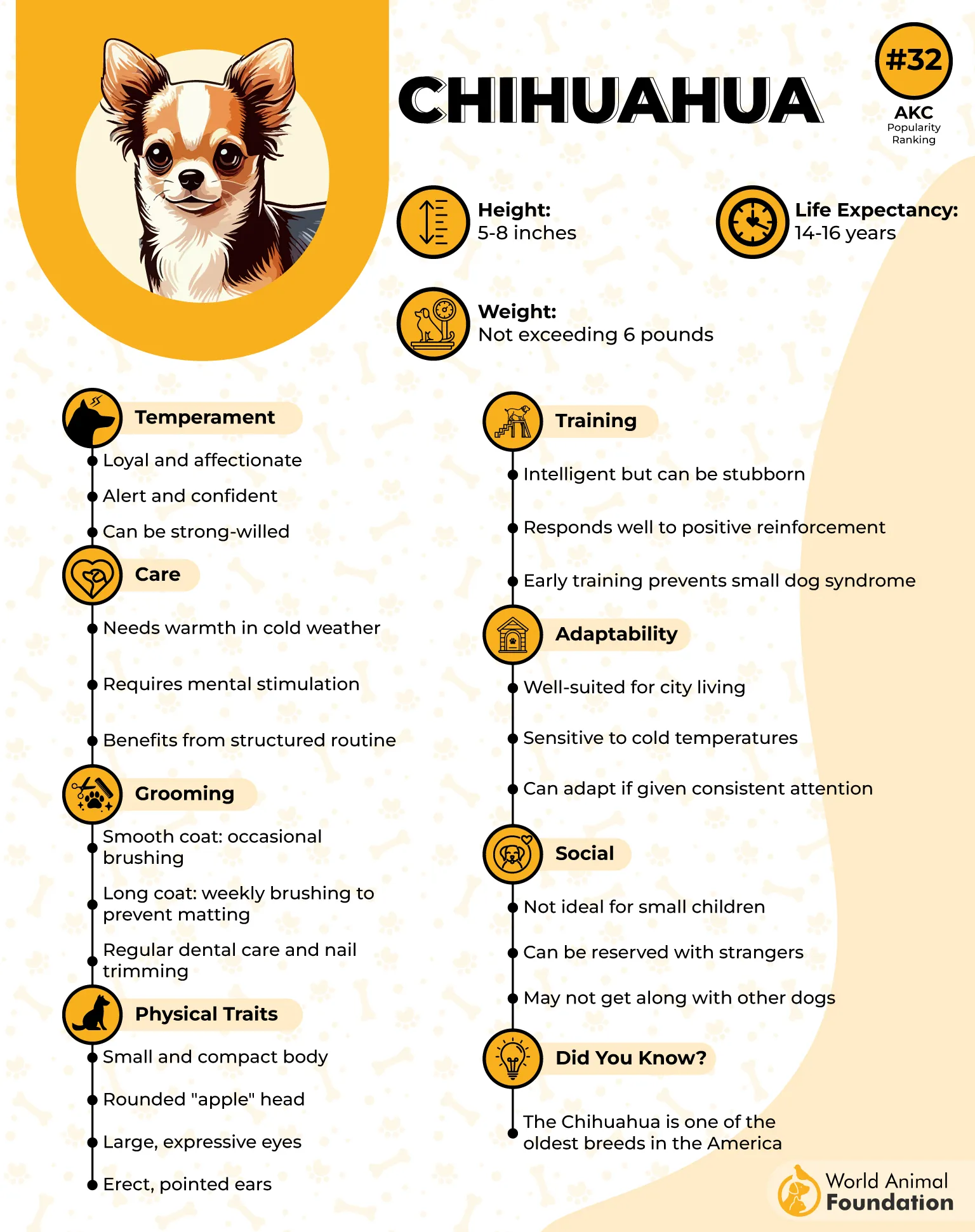
Temperament That Feels Larger Than Life
Many Chihuahuas act as though they’re ten times their size, displaying an exaggerated sense of self-importance. This boldness can shift into stubbornness when they’re asked to do something they don’t like. It’s part of what makes them both entertaining and exhausting.
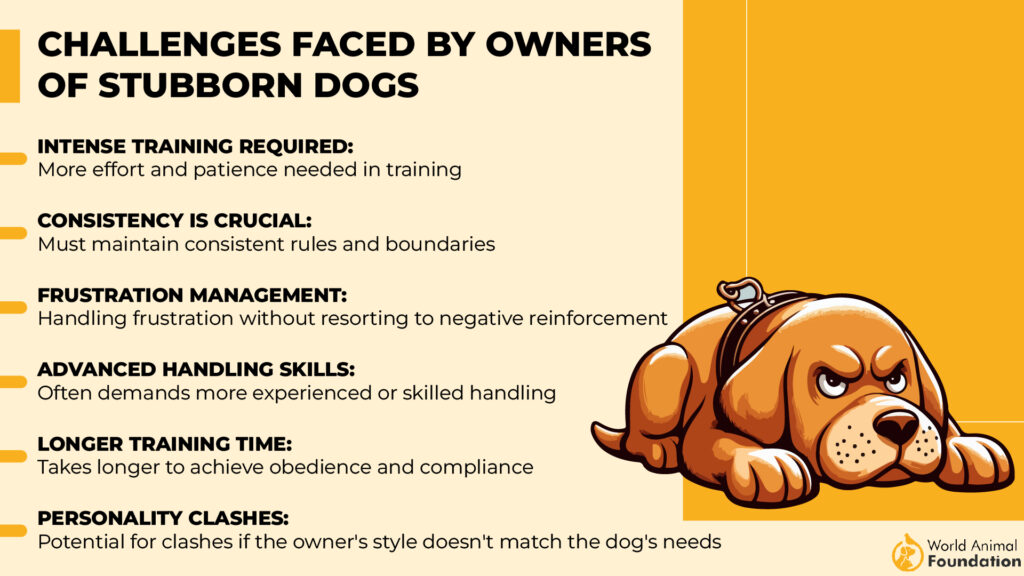
A Reputation That Sticks
Because of their sass and relentless vocal energy, Chihuahuas are often labeled as “tiny tyrants.” Even dog enthusiasts admit these pocket-sized pets can test patience daily. Still, their fiery personalities ensure they remain unforgettable in any household.
2. Beagle

Beagles have an unshakable drive to follow scents, thanks to their extraordinary noses. This instinct can be charming at first, but it quickly becomes frustrating when walks turn into constant sniffing sessions. Their determination to track often makes them tune out commands.
Noise That Travels Far
A Beagle’s baying howl is unforgettable, and not always in a good way. According to the AKC, they are vocal dogs who let everyone know when they’re bored or excited, which can strain patience in quiet neighborhoods. Their howls carry, making them noticeable blocks away.
It’s also common to hear complaints from neighbors about Beagles’ voices:
Baying during the night when restless
Persistent howls when left alone
Excited yelps at passing strangers or animals
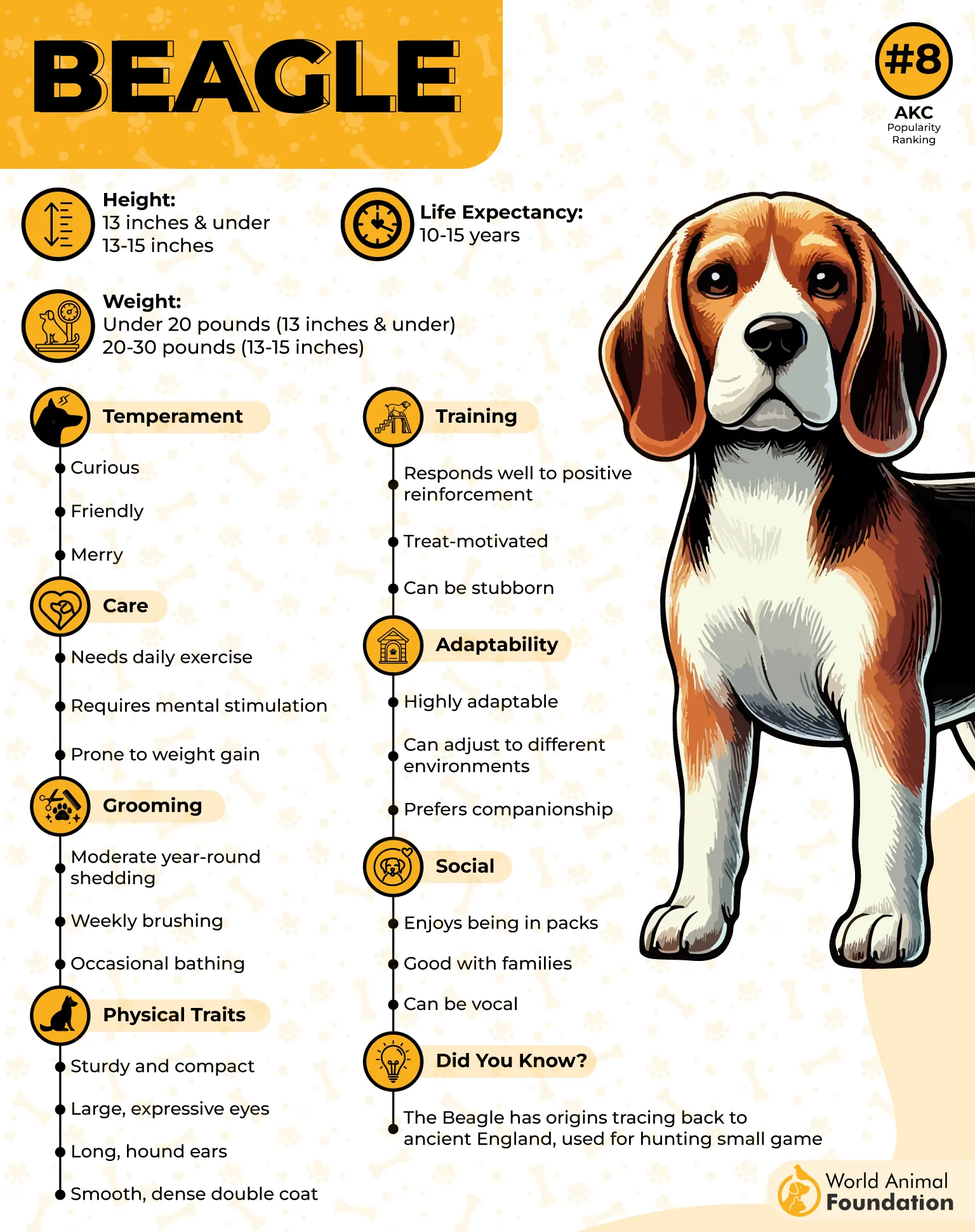
A Stubborn Streak
Training a Beagle is often described as a battle of wills. Their independence, paired with relentless curiosity, makes it hard for them to focus on instructions. Even well-trained Beagles may ignore cues entirely when their nose picks up a trail.
Masters of Mischief Around Food
Their reputation for food theft is legendary. A Beagle’s sense of smell can locate a snack left out on a counter in seconds, and once they’ve found it, there’s little chance of stopping them. This knack for scavenging often lands them in trouble at home.
3. Jack Russell Terrier

Jack Russell Terriers are known for their endless stamina and buzzing energy levels. They rarely stay still, always searching for something to chase or dig, as stated in PDSA. This constant restlessness can overwhelm households that prefer calm, easygoing pets.
Mischief in Small Packages
These terriers were bred for hunting, and that instinct still drives much of their behavior. They’ll dig up yards, squeeze into tight spaces, and obsessively pursue small animals. For many families, this translates into daily challenges that quickly test patience.
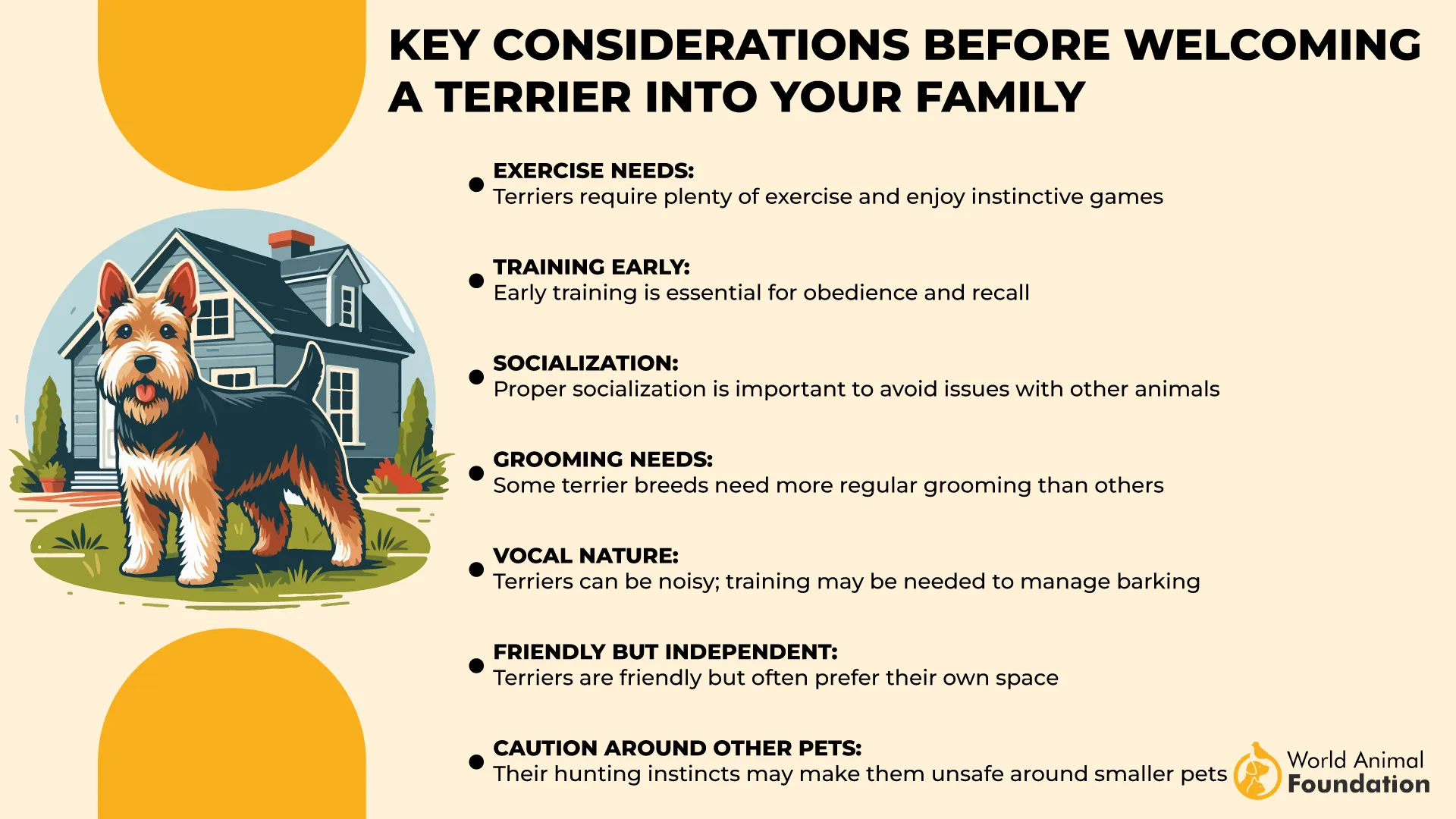
Their most notorious habits include:
Digging under fences and in gardens
Relentless barking when bored
Obsessively chasing moving objects
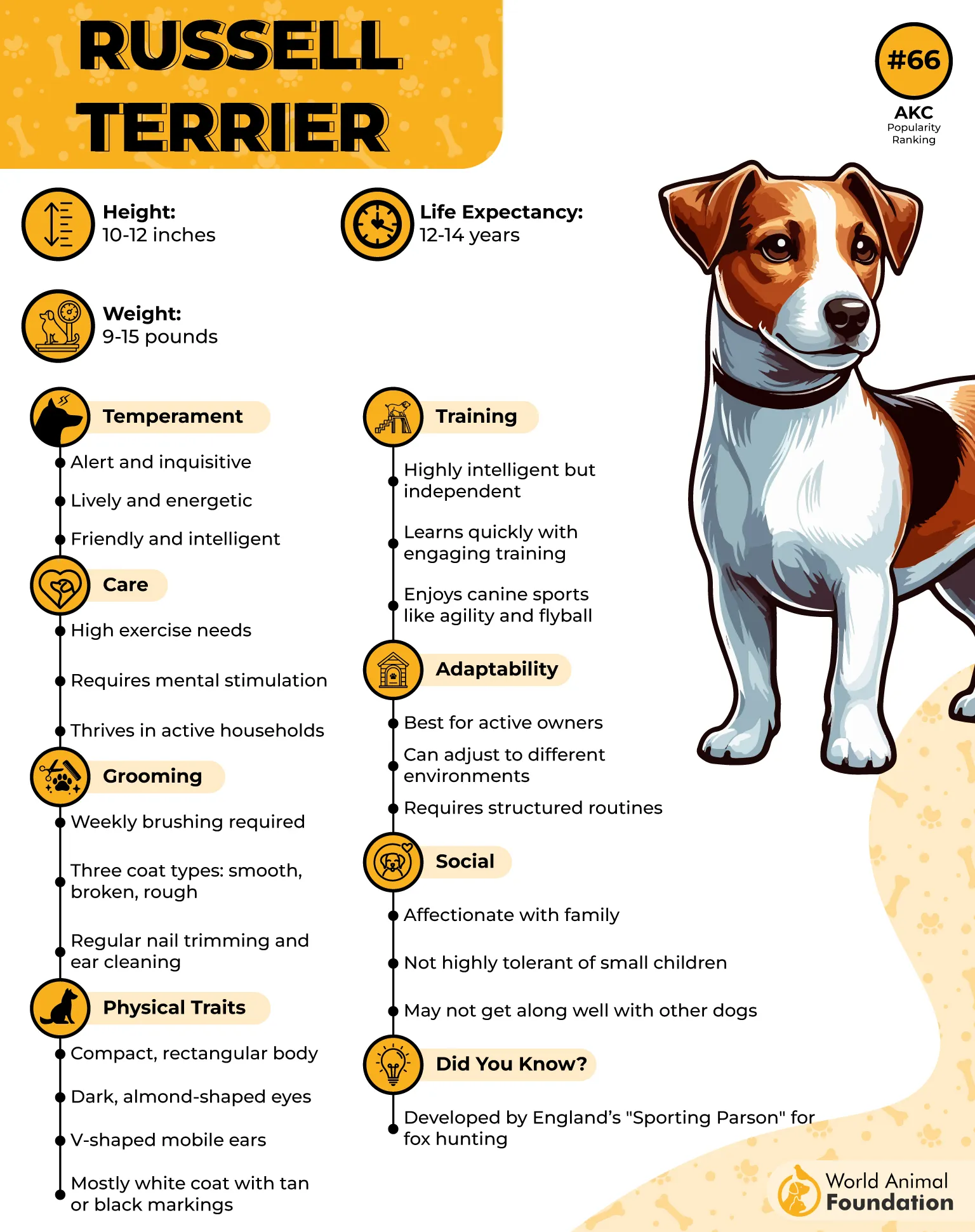
A Bark That Never Quiets Down
Vocal expression is second nature for Jack Russells, and they use it freely. From alerting their owners to every sound outside to barking at passing cars, the noise rarely stops. Neighbors often notice their voice almost as much as their owners do.
Training Isn’t Always Simple
Their intelligence makes them quick learners, yet that same cleverness feeds their incredibly stubborn side. Commands are sometimes ignored when curiosity wins over discipline. This streak makes training an ongoing challenge, especially in homes without structure.
4. Dachshund

Dachshunds are natural diggers, and this trait often extends beyond gardens to blankets, couches, or even freshly folded laundry. Their strong hunting background drives them to burrow into anything soft. For owners, this constant scratching and tunneling can quickly become frustrating indoors.
Stubborn Training Challenges
House-training a Dachshund can test even the most patient dog lover. Their independent nature means they respond on their own terms, often ignoring repeated commands. This resistance has earned them a reputation as one of the toughest breeds to manage in training.
Some behaviors that stand out include:
Barking at small noises for long stretches
Refusing recall when distracted outdoors
Taking extra months to be fully house-trained
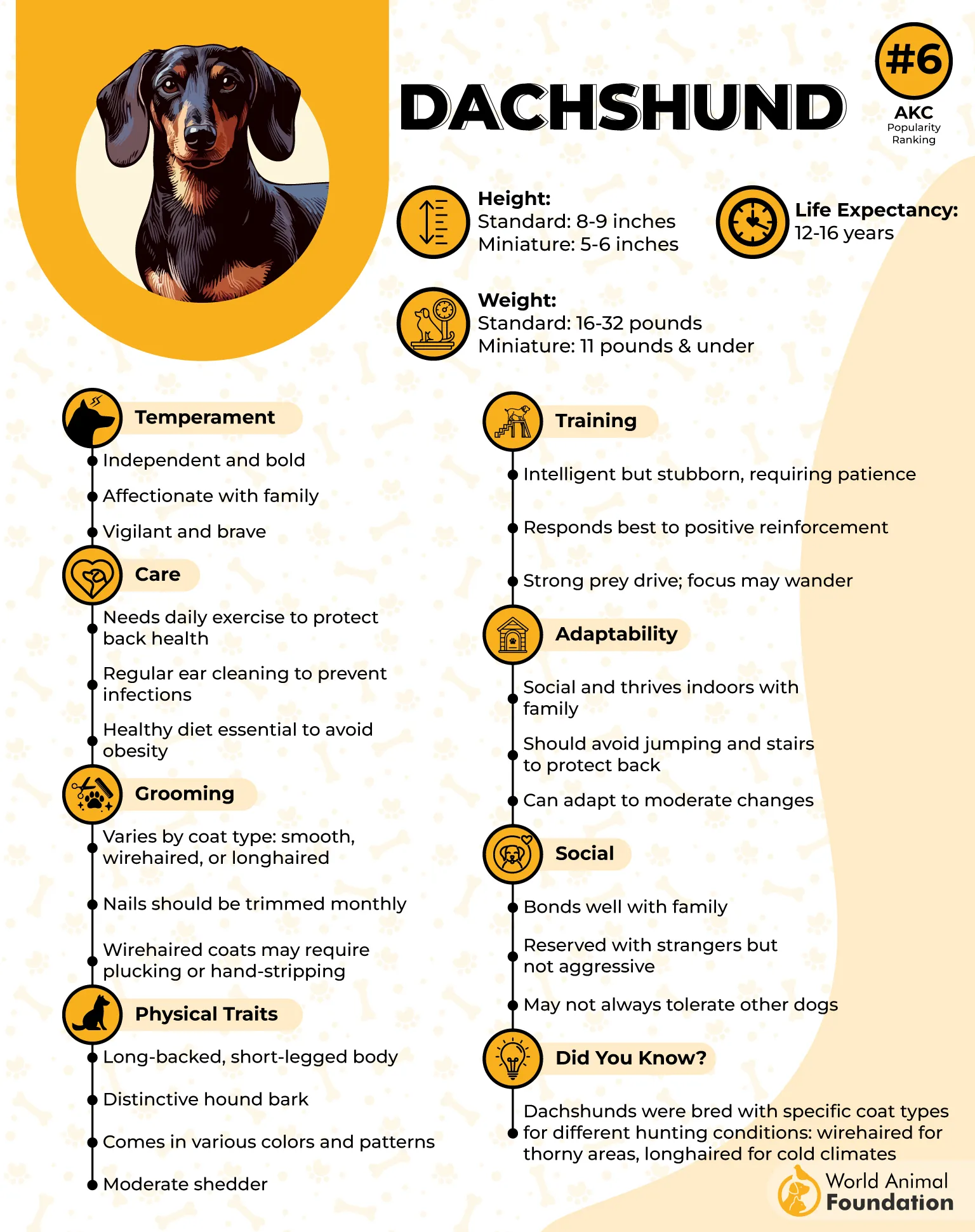
Big Voice in a Small Body
Few breeds bark with as much persistence as the Dachshund. Their sharp, high-pitched voice carries through walls, making them especially loud for apartment living. Whether it’s a passing car, a bird outside, or simple boredom, they rarely hold back from speaking up.
Attitude That Demands Attention
Despite their short stature, Dachshunds often act like they run the household. They’ll push limits, test patience, and make their preferences very clear. This strong-willed personality keeps owners constantly aware that these dogs are never shy about voicing their opinions.
5. Siberian Husky
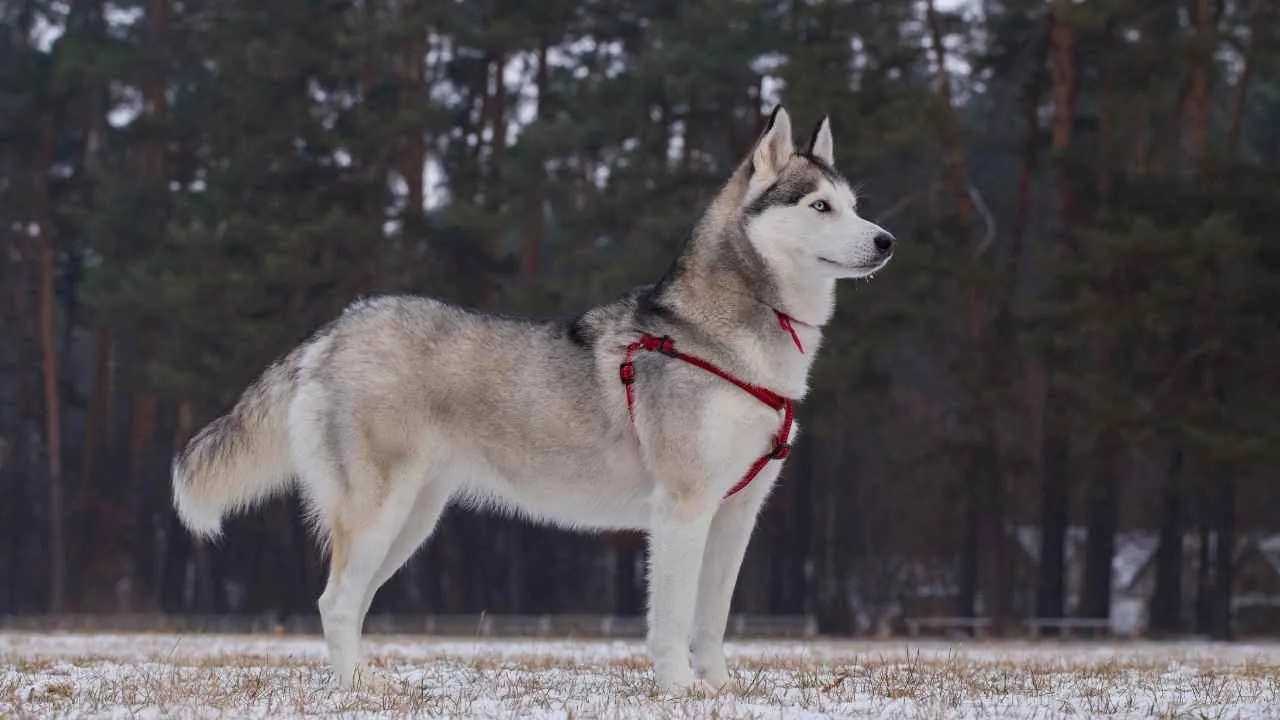
Siberian Huskies carry a playful streak that often tips into chaos. They’re quick to invent games of their own, whether it’s stealing socks or rearranging cushions. Left without structure, their curiosity can turn into a daily test of patience for households.
Vocal and Demanding
These dogs rarely stay quiet when something bothers them. Instead of barking, they’re known for long, dramatic howls that can echo through neighborhoods. It’s one of the reasons many neighbors quickly learn when a Husky has joined the block.
A few traits that often frustrate families include:
Persistent howling and “talking”
Strong urge to escape fenced yards
Restless energy when under-stimulated
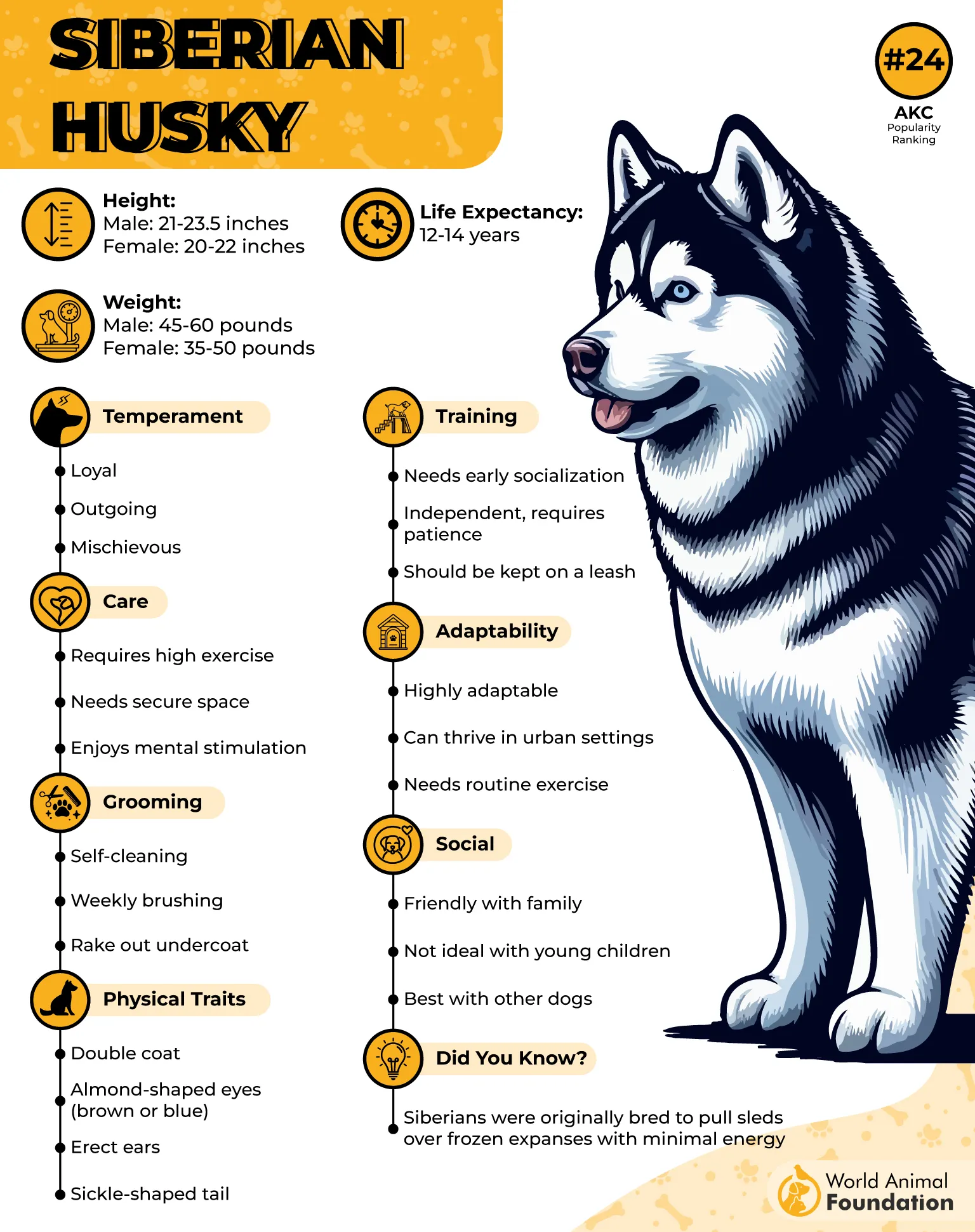
Escape Artists on Four Paws
Huskies have an instinct for running that goes beyond casual walks. Many owners report them digging under fences or leaping over barriers with surprising agility. Their need for freedom makes them one of the hardest breeds to contain safely at home.
Stubborn Intelligence
While they’re incredibly smart, Huskies decide when training matters to them. They can ace commands one day and completely ignore them the next. This unpredictable streak is part of their charm, yet also part of what makes them so notoriously challenging.
6. Dalmatian

Dalmatians have an endless drive to move, which can make them a real challenge in households that prefer calmer routines. Without long hours of activity, they often become restless and hard to manage. Their natural stamina traces back to their history as carriage dogs who ran for miles daily.
Independent and Stubborn
Training a Dalmatian often requires patience, since they tend to test limits and resist commands when uninterested. This stubborn streak can frustrate people who expect quick results from obedience sessions. Some well-documented hurdles include:
Strong-willed responses during training
Quick boredom without varied activities
Slow adaptation to repetitive routines
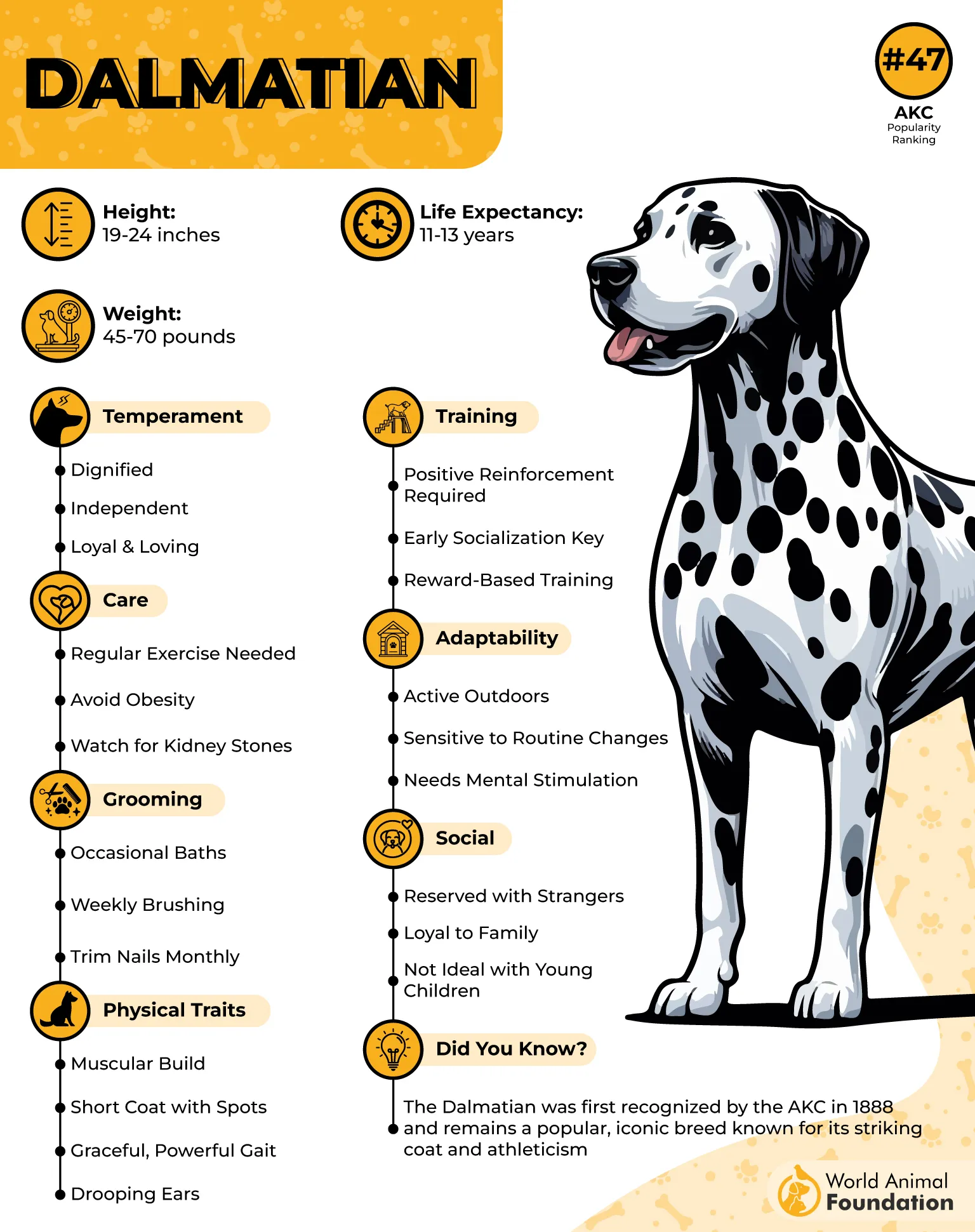
Aloof Around Strangers
Though deeply attached to their families, Dalmatians aren’t always welcoming to unfamiliar faces. Their tendency to be aloof can sometimes be mistaken for coldness, especially when visitors expect a friendly greeting. Combined with their watchful nature, this quality often makes socializing them a longer process.
High-Maintenance Attention Needs
These spotted dogs require constant engagement, both physically and mentally, to prevent destructive behaviors. Their need for near-constant attention often overwhelms inexperienced dog keepers. Left unstimulated, they can easily turn their boundless energy into chaos around the house.
7. Basset Hound

Basset Hounds are famous for their booming bay, which can echo across neighborhoods. Their deep, drawn-out howl isn’t reserved for emergencies. They often use it just to make themselves heard. Neighbors quickly become familiar with this distinctive sound, whether they like it or not.
A Nose That Rules Everything
Once a scent catches their attention, there’s little chance of redirecting them. Their determination to follow trails can be frustrating, especially during walks. This stubborn focus has earned them a reputation for selective listening when commands are given.
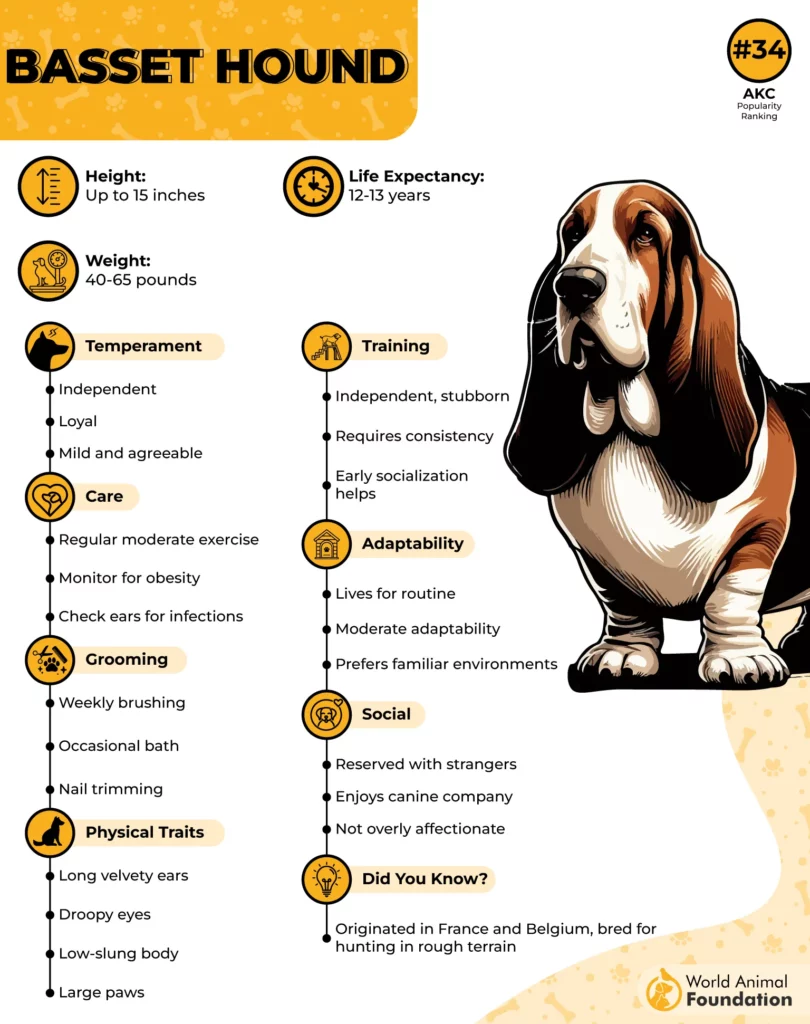
Here’s where they often test patience:
Stopping mid-walk to sniff endlessly
Ignoring recalls if a trail is interesting
Pretending not to hear instructions
Stubborn but Endearing
Training a Basset Hound takes humor and resilience, as they often act indifferent to authority. Their slow, deliberate responses can feel like defiance, though it’s usually their independent streak. Families often describe them as comically headstrong, making even basic training a challenge.
Slow Pace, Big Opinions
Their relaxed approach to life can easily be mistaken for laziness. Yet, when motivated by scent or curiosity, they waddle off with surprising determination. Combined with their loud bay, this balance of slowness and sudden bursts can frustrate even experienced dog handlers.
Conclusion
The breeds often called the most annoying are not without charm, but they do require careful handling. Many of them are high-energy dogs that thrive only when given enough exercise and consistent routines. Without regular mental stimulation and physical activity, their habits quickly turn destructive, leaving families overwhelmed.
What frustrates some owners is the same big attitude that others find endearing, which is why choosing the right match matters. With preparation and patience, these dogs can still bring joy, but they are not ideal for those seeking an easy companion.


